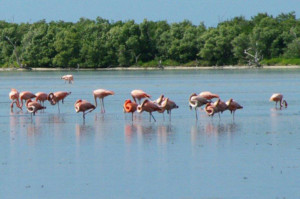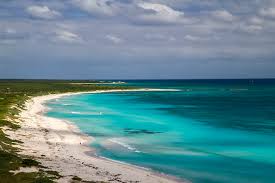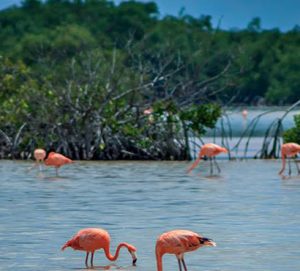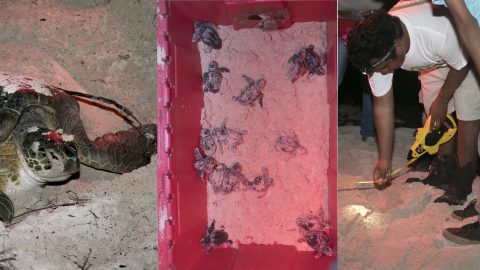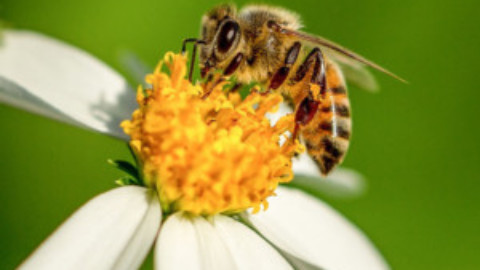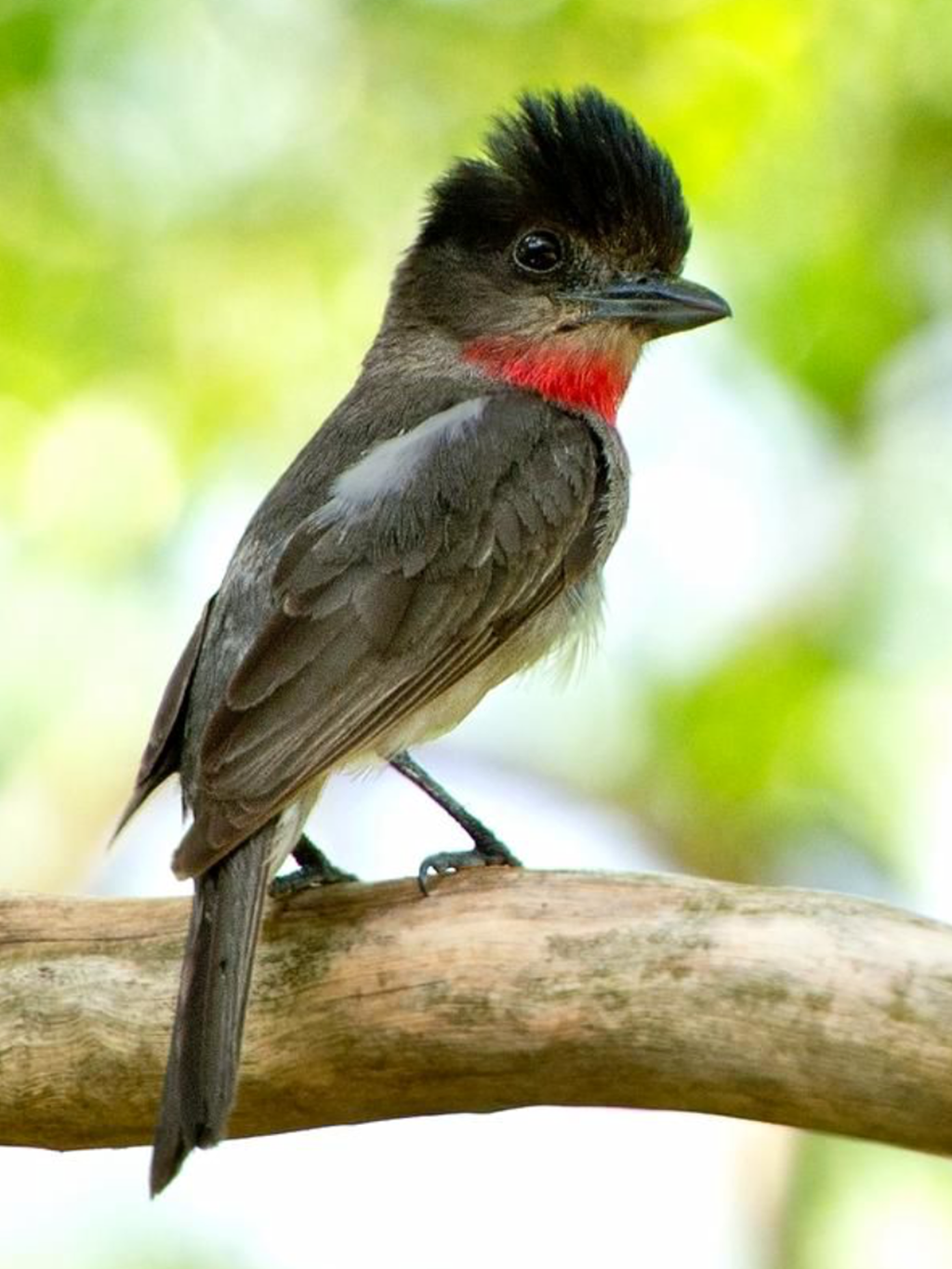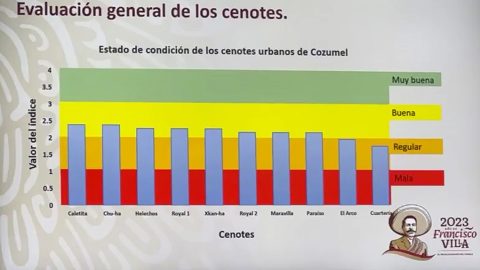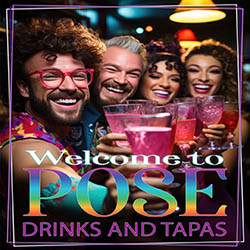Flamingos Return to Cozumel’s Punta Sur: Encouraging Numbers
Recently the FPMC (Foundation of Parks & Musems Cozumel) announced that their most recent survey registered the pink flamingo colony at 25 members.
Biologists and birdwatchers can rejoice at this news. It’s a very encouraging sign that the efforts put forth by the FPMC, and various volunteers, to restore the mangrove system – specificially in the Chunchacaab area – have been working.
The colony includes both juvenile and adult flamingos which is again positive, since it means that the birds have been here year round. Additionally one member of the colony is tagged with a Rio Largatos 2016 marker, meaning they’ve crossed over from the Yucatan Peninsula, where they are also endemic.
The mangroves in the Punta Sur area were damaged by hurricanes and winter storms. The last flamingo colony was reported in Colombia lagoon in 2015, and before that flamingos – which once were indigenous to Cozumel – were not reported after 2005.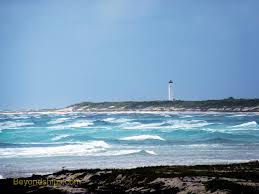
Flamingos are large wading birds that like to nest in muddy islets and are found throughout the Yucatan Peninsula. Their breeding season is from May through August.
Flamingo eggs take about a month for incubation and are cared for by both the male and the female. Flamingos have one of the longest life spans of all birds and live approximately 40 years.
Regresan los flamencos a Punta Sur en Cozumel. Las cifras son alentadoras
Hace poco la Fundación de Parques y Museos de Cozumel (FPMC) dio a conocer que sus estudios más recientes mostraban una colonia de flamencos conformada por 25 miembros.
Tanto los biólogos como los observadores de aves pueden alegrarse con esta noticia. Es muy alentador ver que han funcionado los esfuerzos de la FPMC y de diversos voluntarios para restaurar el sistema de manglares, particularmente el área de Chunchacaab.
La colonia está formada tanto de flamencos juveniles como adultos, lo cual es positivo pues significa que las aves han estado aquí todo el año. Además, uno de los miembros de la colonia porta una marca de Río Lagartos 2016, lo que significa que han cruzado desde la Península de Yucatán de donde también son endémicos.
Los manglares en Punta Sur fueron dañados por los huracanes y las tormentas de invierno. La última colonia de flamencos de la cual se tiene información se encontraba en la Laguna de Colombia en el 2015; y antes de eso, a partir del 2005 no se tienen reportes de flamencos, que en algún momento fueran endémicos de Cozumel.
Los flamencos son aves zancudas a las cuales les gusta anidar en los islotes lodosos y se las puede encontrar por toda la Península de Yucatán. La época de apareamiento es Mayo a Agosto.
La incubación de los huevos de flamenco tarda un mes y el cuidado de éstos recae tanto en el macho como en la hembra. Entre todas las aves, la duración de vida de los flamencos es de las más largas ya que viven aproximadamente 40 años.
- Cozumel 4 You News April - April 18, 2024
- Cozumel Easter Vacation Semana Santa 2024 - April 18, 2024
- Cozumel Museum - April 18, 2024

